The Longest Shortest Time
EPISODE #29: The Shortest Day
This is Part 3 of a three-part series on Natural Birth. Click here for Part 1 and Part 2.
All this month we’ve been digging deep into the subject of natural childbirth. First I attempted to rewrite the way I tell my own traumatic birth story; then I asked homebirth guru Ina May Gaskin if she thinks there’s a way to revise the natural birth community’s message, to be more inclusive of people like me who wanted a birth free of medical interventions and didn’t get one. Today we bring you a story about a woman—poet Arielle Greenberg—who has had three extremely positive natural birth experiences. Even the one in which she gave birth to a stillborn baby.
To be clear, Arielle’s son Day died long before he was born; the fact that it was a homebirth had nothing whatsoever to do with his death.

The forest where Day is buried
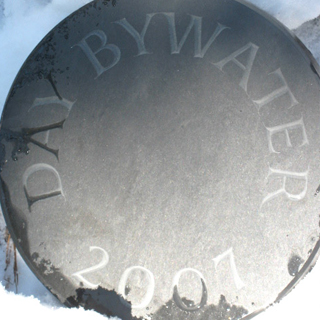
Day’s grave marker
After Day died, Arielle realized all she had left was the birth. And that this experience had the potential to completely shatter her. She believed that her path to emerging whole from this birth was to have a natural birth at home. But Certified Professional Midwives—the kind of midwife trained in homebirth—were illegal in Illinois, where she lived*. So she went to extraordinary lengths to have the kind of birth she wanted. I’ll let you tune in to find out exactly how.
*CPMs are still illegal in Illinois. Check out this map to see the status of CPMs in your state.
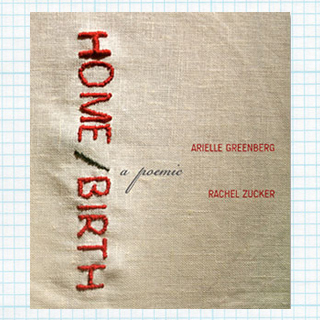 Arielle wrote about her pregnancy with Day in Home/Birth, a book in which she trades lines with her friend and fellow-poet Rachel Zucker. The bulk of the book was written before Day had died. She also writes about all three of her homebirths in Labor Day, a collection of personal essays about birth. Arielle is also a contributing editor for the pregnancy loss chapter in the 40th anniversary edition of Our Bodies, Ourselves.
Arielle wrote about her pregnancy with Day in Home/Birth, a book in which she trades lines with her friend and fellow-poet Rachel Zucker. The bulk of the book was written before Day had died. She also writes about all three of her homebirths in Labor Day, a collection of personal essays about birth. Arielle is also a contributing editor for the pregnancy loss chapter in the 40th anniversary edition of Our Bodies, Ourselves.
Before having Day, Arielle had a daughter, Willa. And two years after losing Day, she gave birth to Jem, a healthy baby boy.
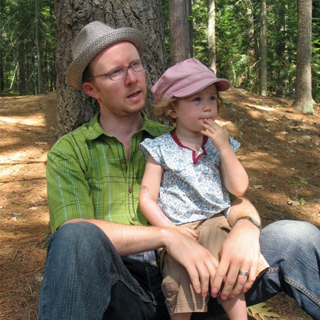
Willa and Arielle’s husband Rob at Day’s grave
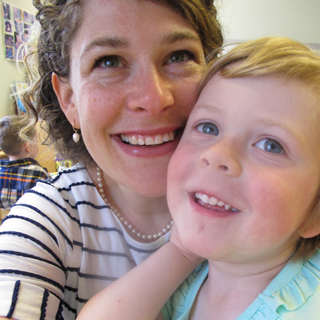
Arielle and Jem
How Do You Ritualize Pregnancy Loss?
Every year around the anniversary of Day’s death, Arielle hangs sun ornaments in the window—they add a new ornament to commemorate each year that he’s been gone.
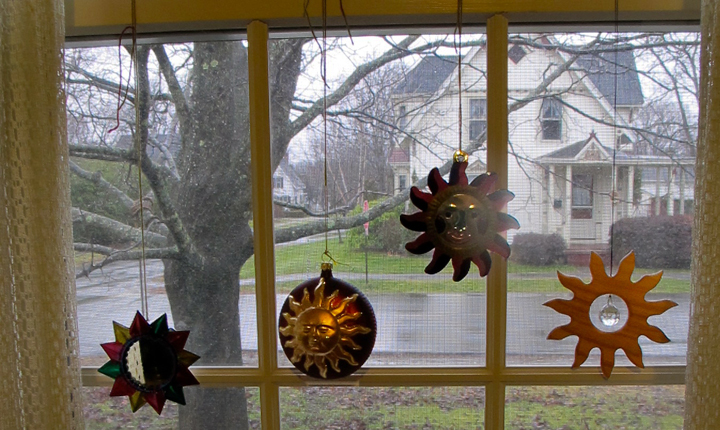
Did you experience a stillbirth? Or even a late miscarriage? Please tell us about your rituals in the comments below.
Stillbirth Resources
In this story, I talk about how difficult it is to find statistics on stillbirth because all countries define stillbirth differently. In 2011 the Lancet did a series on stillbirth that has some of the best available data and research on the subject.
We asked our mamas Facebook group for their favorite stillbirth resources. Many of the links below come from the recommendations we received.
Lots of recommendations came in for Elizabeth McCracken’s memoir An Exact Replica of a Figment of My Imagination.
A friend of mine found Glow in the Woods to be an invaluable blog after having a stillbirth.
1st Breath has some nice guidelines for friends and family about how to talk to bereaved parents.
SHARE is a national support organization for pregnancy loss.
Empty Arms is a bereavement support center in Western Mass, where you can find in-person support if you are local, and a whole lot more online resources if you are not. Here is a Lactation After Loss brochure that they put out. (If you have found a local bereavement support center that has helped you, feel free to leave a link in the comments.)
Dads grieve too, and Grieving Dads is a blog specifically for them.
Documentary photographer Todd Hochberg captures stillbirth in all of its complexity in his project Touching Souls.
The Longest Shortest Time may earn a small commission from products linked on this site. Using our affiliate links helps support our work.